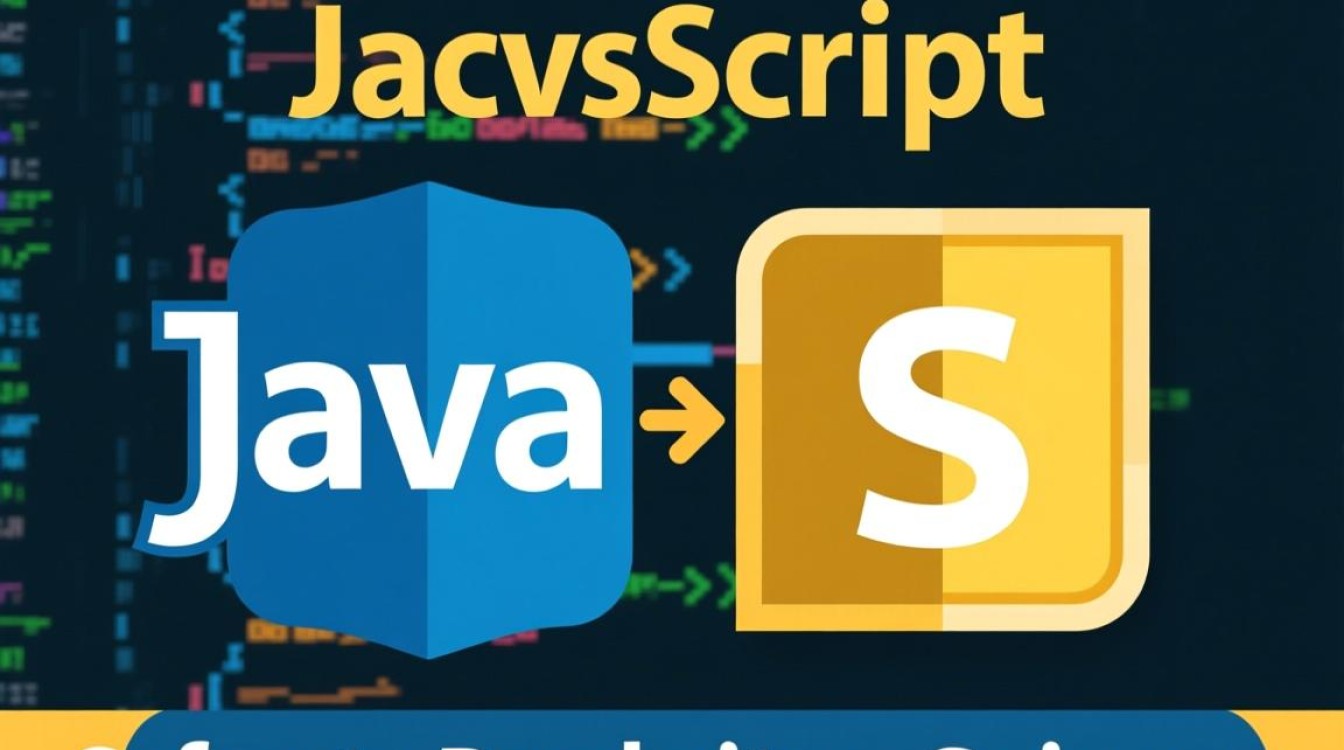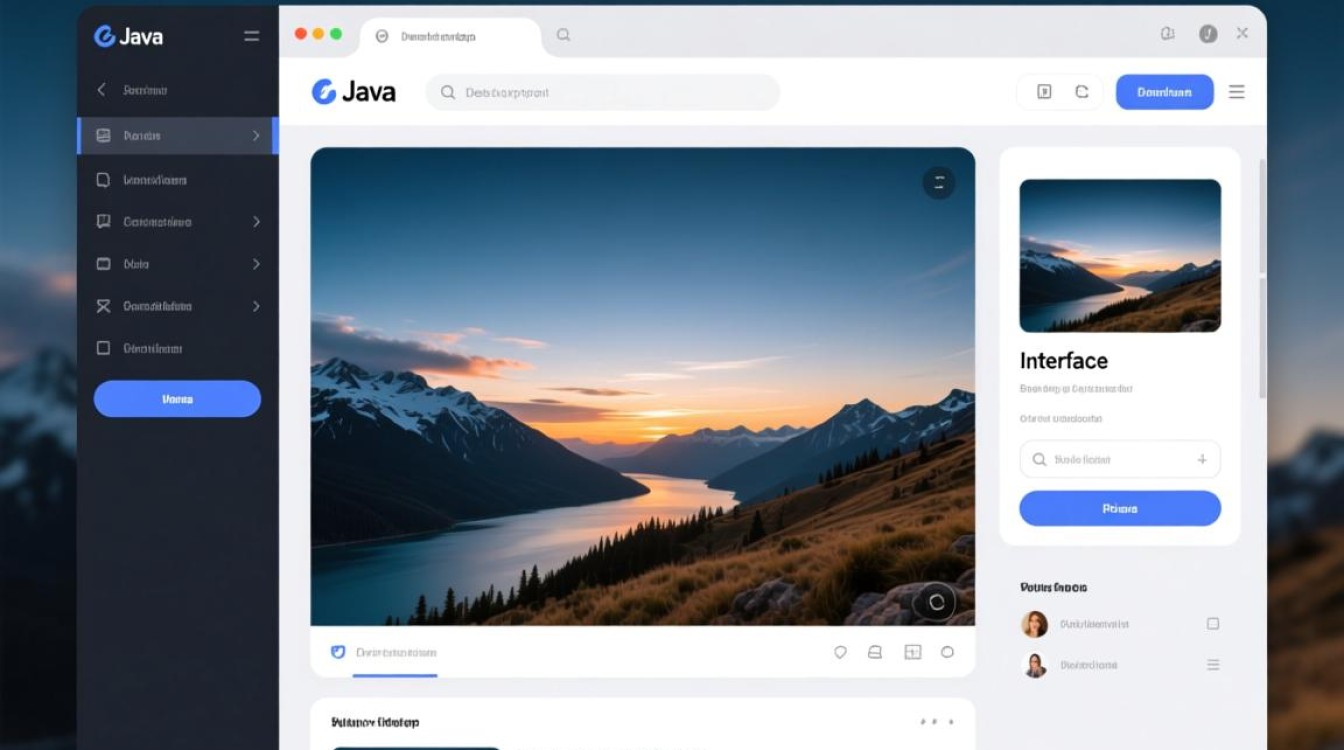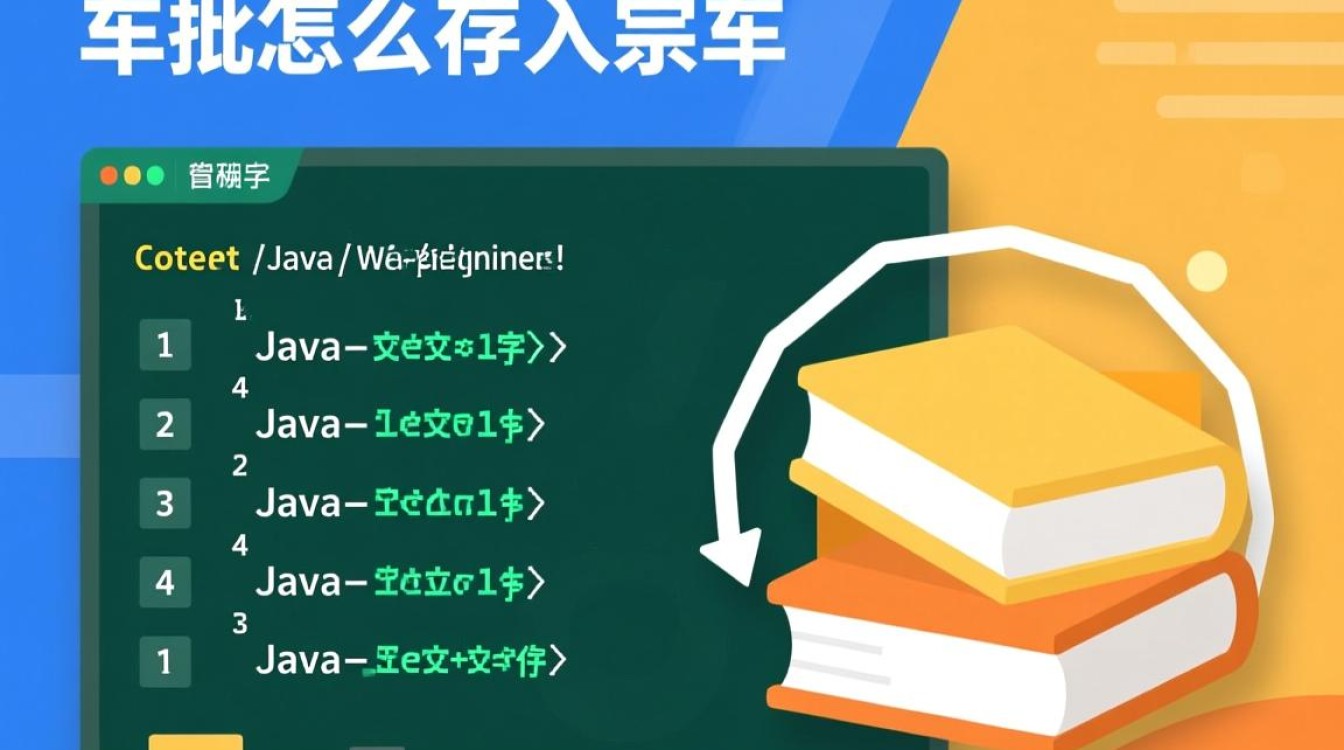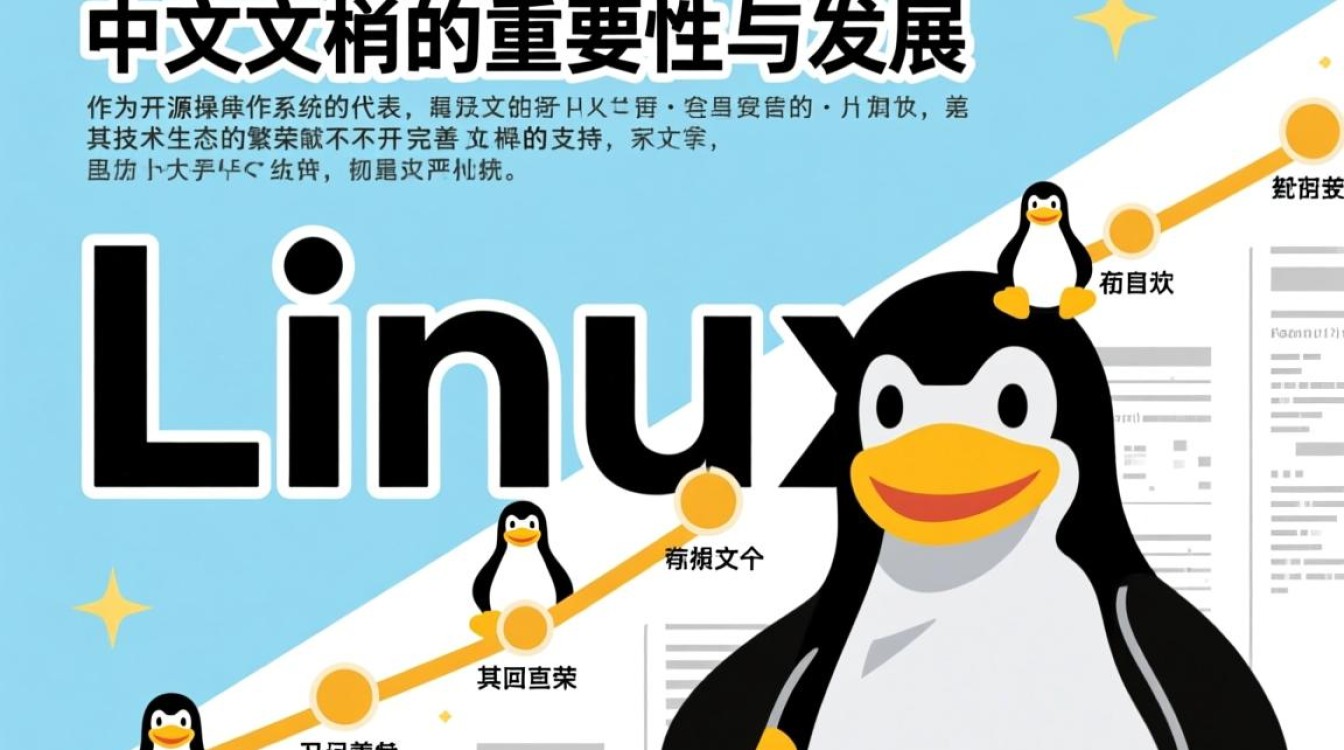实现Java用户留言回复功能的核心步骤
需求分析与设计
在实现Java用户留言回复功能前,需明确业务需求,是否需要支持多级回复、回复通知、文件附件等功能,核心设计应包括留言实体、回复实体、用户关联等模块,数据库表设计可考虑:留言表(message)包含ID、用户ID、内容、创建时间等字段;回复表(reply)包含ID、留言ID、回复者ID、内容、父回复ID(支持多级回复)、创建时间等字段,若涉及权限控制,还需关联用户角色表。
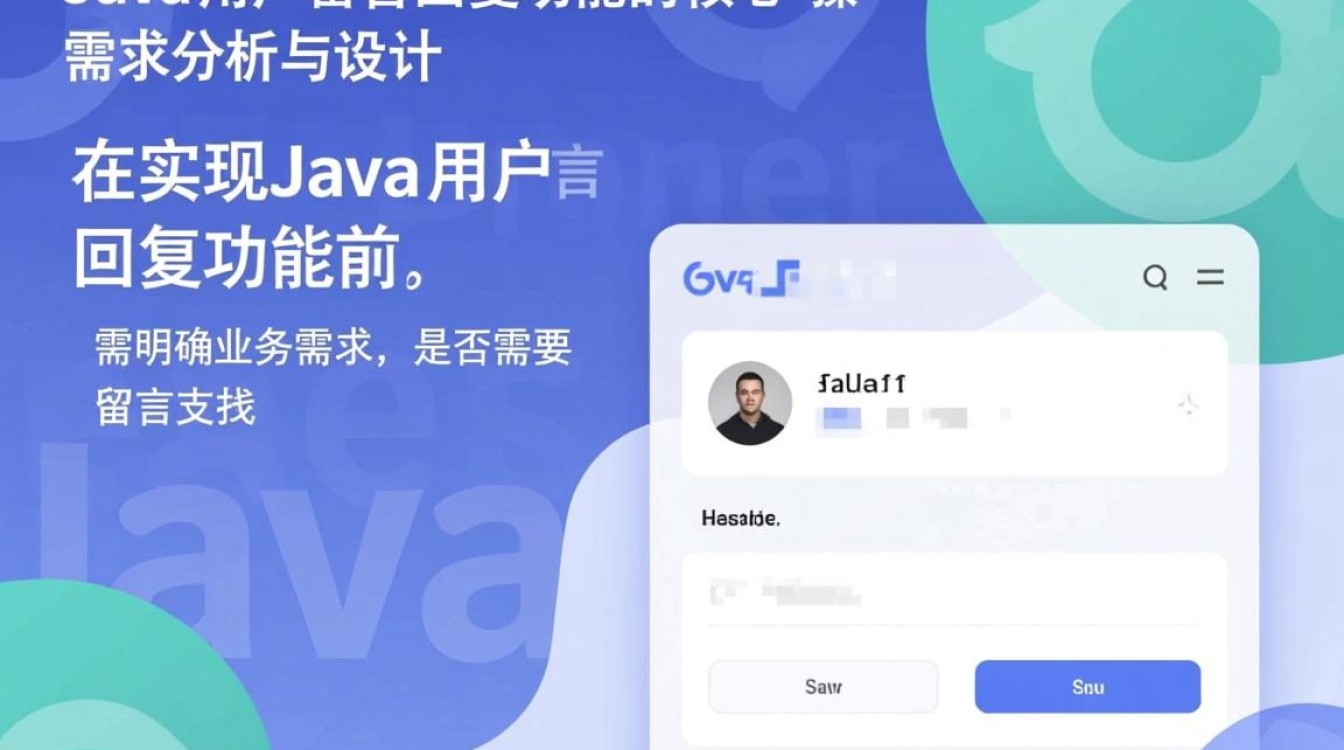
数据库设计与实现
使用MySQL或PostgreSQL等关系型数据库,通过JPA或MyBatis进行ORM映射,以JPA为例,可定义实体类:
@Entity
public class Message {
@Id
@GeneratedValue(strategy = GenerationType.IDENTITY)
private Long id;
@ManyToOne
private User user;
private String content;
private LocalDateTime createTime;
@OneToMany(mappedBy = "message", cascade = CascadeType.ALL)
private List<Reply> replies;
}
@Entity
public class Reply {
@Id
@GeneratedValue(strategy = GenerationType.IDENTITY)
private Long id;
@ManyToOne
private Message message;
@ManyToOne
private User user;
private String content;
@ManyToOne
private Reply parentReply; // 支持多级回复
private LocalDateTime createTime;
}
确保外键关联正确,并设置合适的索引(如message_id、user_id)以提升查询效率。
后端接口开发
通过Spring Boot构建RESTful API,核心接口包括:
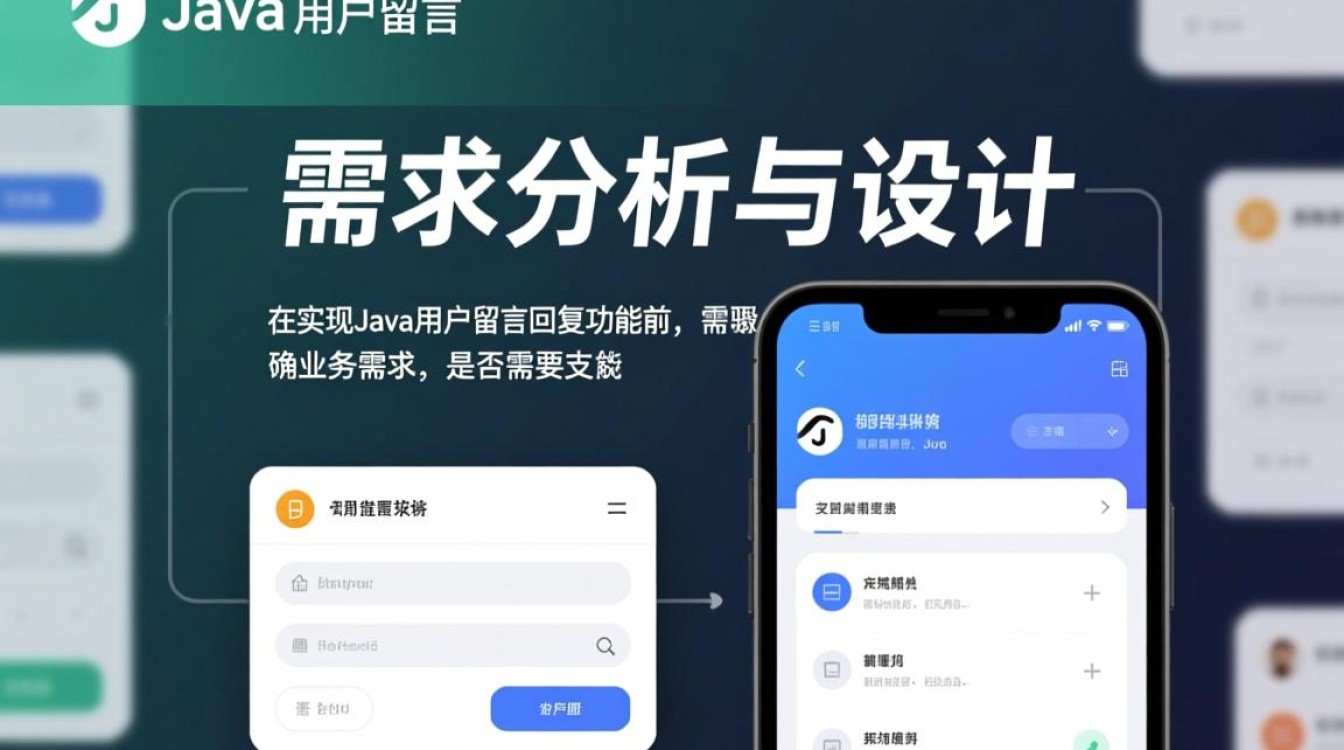
- 提交回复:接收前端请求,保存回复数据至数据库。
@PostMapping("/replies") public ResponseEntity<Reply> createReply(@RequestBody ReplyDTO replyDTO) { Reply reply = convertToEntity(replyDTO); reply.setCreateTime(LocalDateTime.now()); replyRepository.save(reply); return ResponseEntity.ok(reply); } - 获取留言回复列表:分页查询指定留言的回复,支持按时间排序。
@GetMapping("/messages/{messageId}/replies") public ResponseEntity<Page<Reply>> getReplies( @PathVariable Long messageId, @RequestParam(defaultValue = "0") int page, @RequestParam(defaultValue = "10") int size ) { Pageable pageable = PageRequest.of(page, size, Sort.by("createTime").descending()); Page<Reply> replies = replyRepository.findByMessageId(messageId, pageable); return ResponseEntity.ok(replies); } - 多级回复处理:通过递归或层级查询算法(如邻接表模型)组装回复树结构。
前端交互实现
前端可通过AJAX或Fetch API调用后端接口,使用React提交回复:
const handleSubmitReply = async (messageId, content, parentReplyId = null) => {
const response = await fetch('/api/replies', {
method: 'POST',
headers: { 'Content-Type': 'application/json' },
body: JSON.stringify({ messageId, content, parentReplyId })
});
const reply = await response.json();
// 更新UI,如添加新回复到列表
};
回复列表渲染时,需递归处理多级回复,通过缩进或折叠组件展示层级关系。
扩展功能与优化
- 实时通知:集成WebSocket,当用户收到新回复时,通过浏览器推送实时消息。 过滤**:使用Apache Commons Text等工具过滤敏感词,防止恶意内容。
- 事务管理:确保回复提交的原子性,避免数据不一致。
- 缓存优化:对高频访问的回复列表使用Redis缓存,减轻数据库压力。
测试与部署
编写单元测试(JUnit + Mockito)验证接口逻辑,使用Postman模拟请求测试边界情况,部署时,可通过Nginx负载均衡、Docker容器化提升系统稳定性,监控接口性能,如使用Spring Boot Actuator记录响应时间。
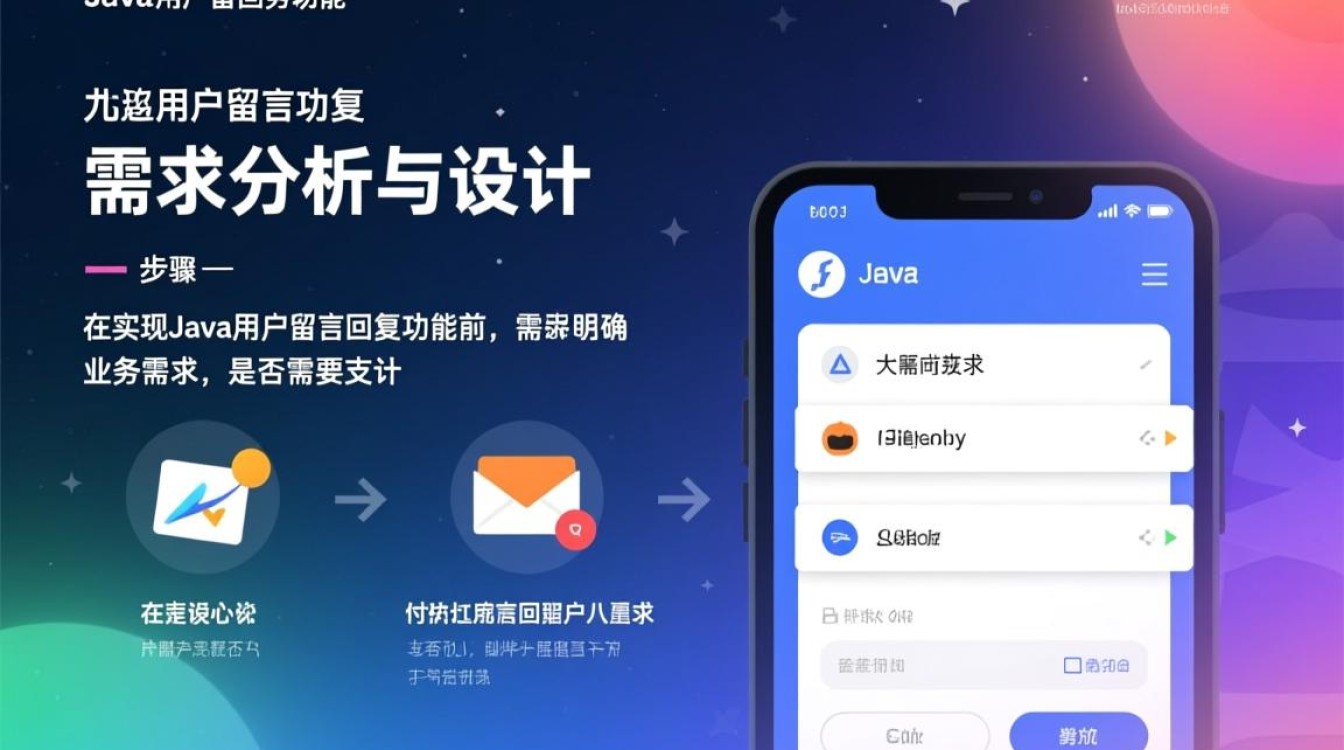
通过以上步骤,可构建一个功能完善、性能稳定的Java用户留言回复系统,满足不同场景的业务需求。
